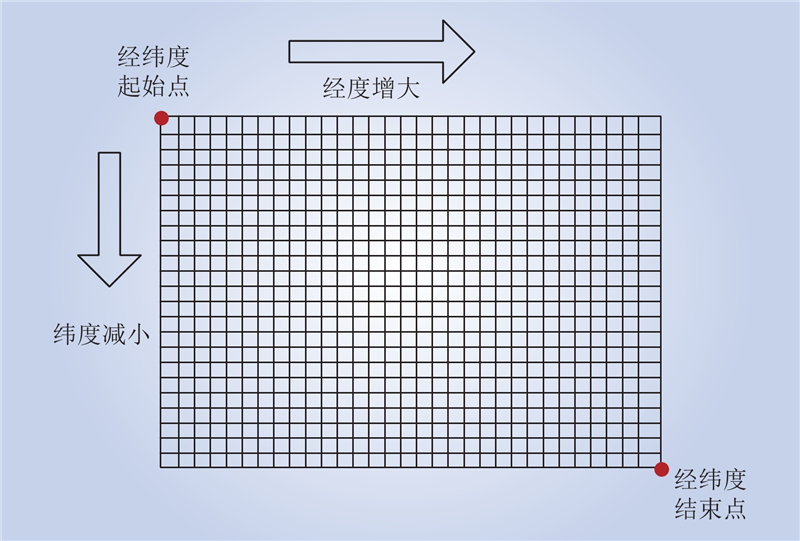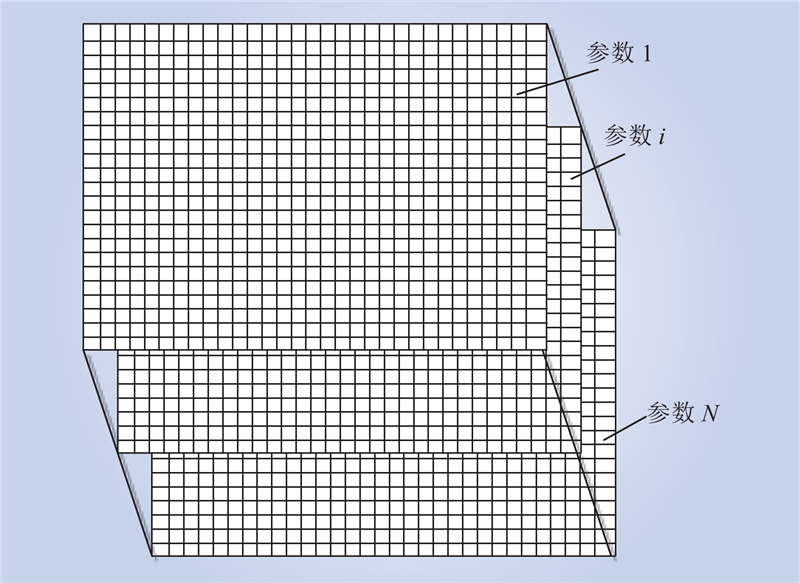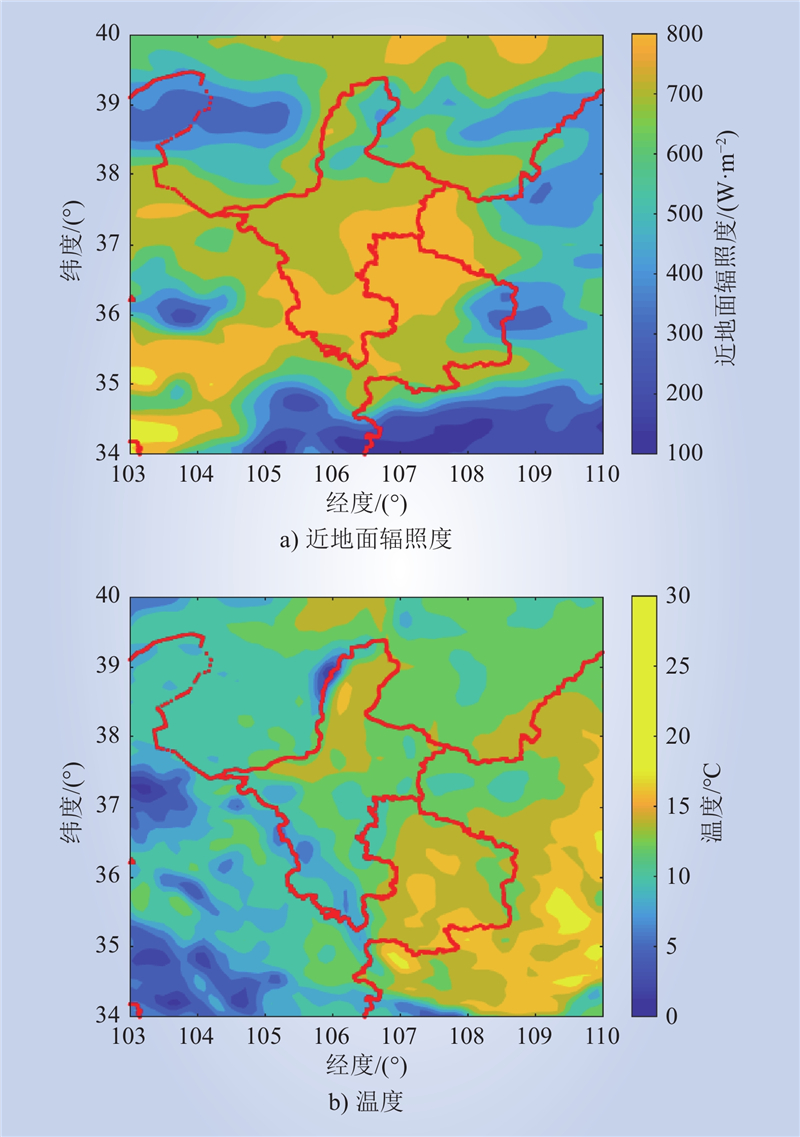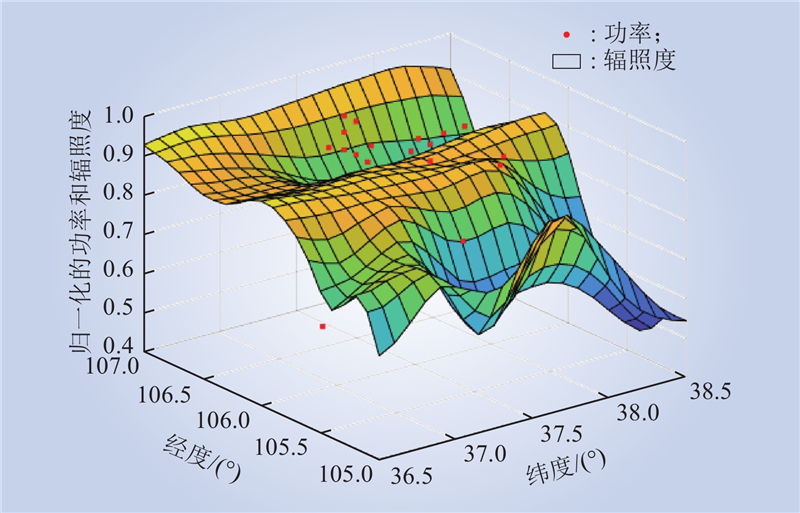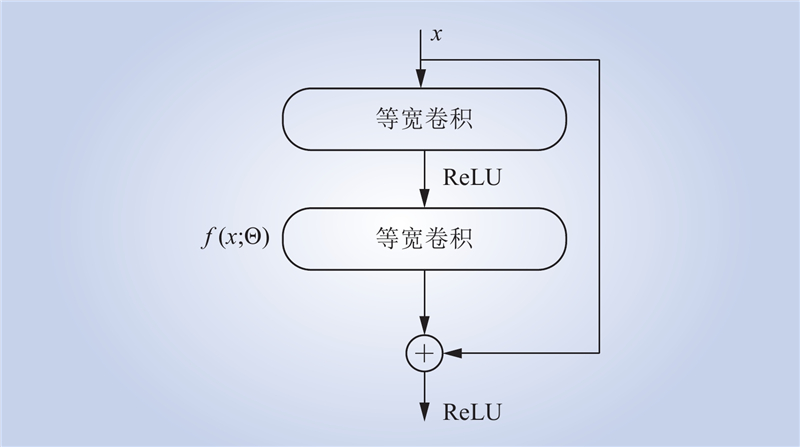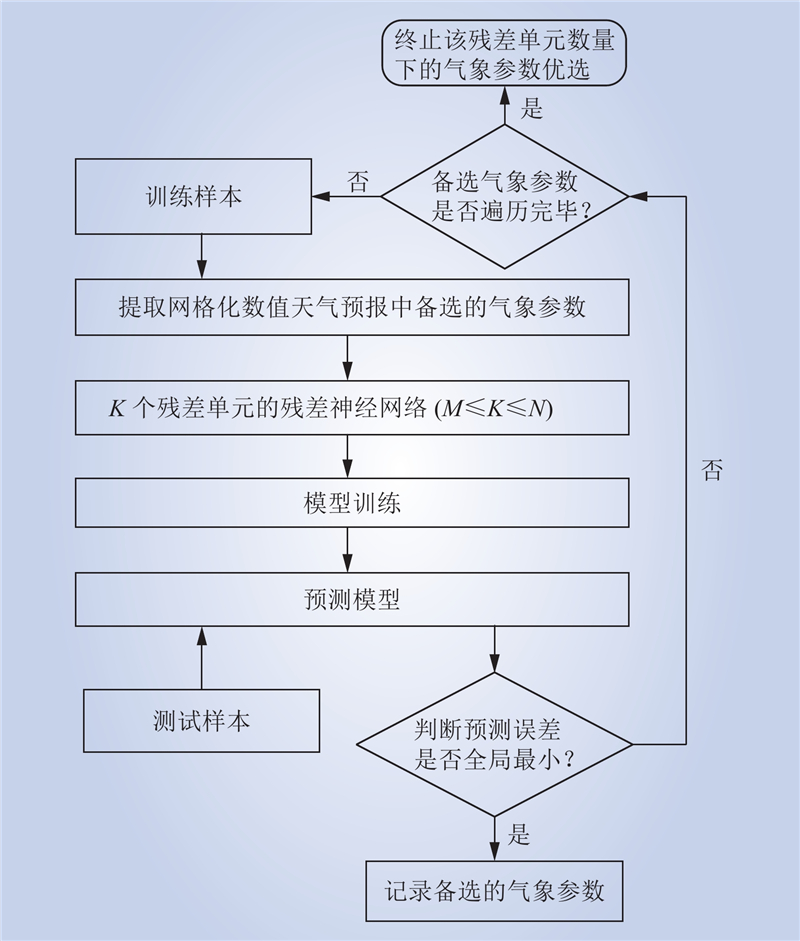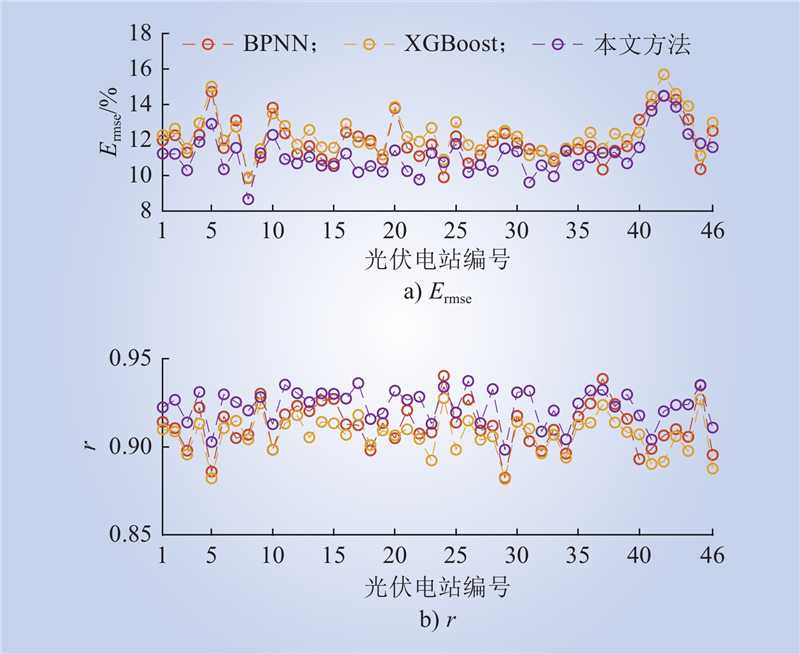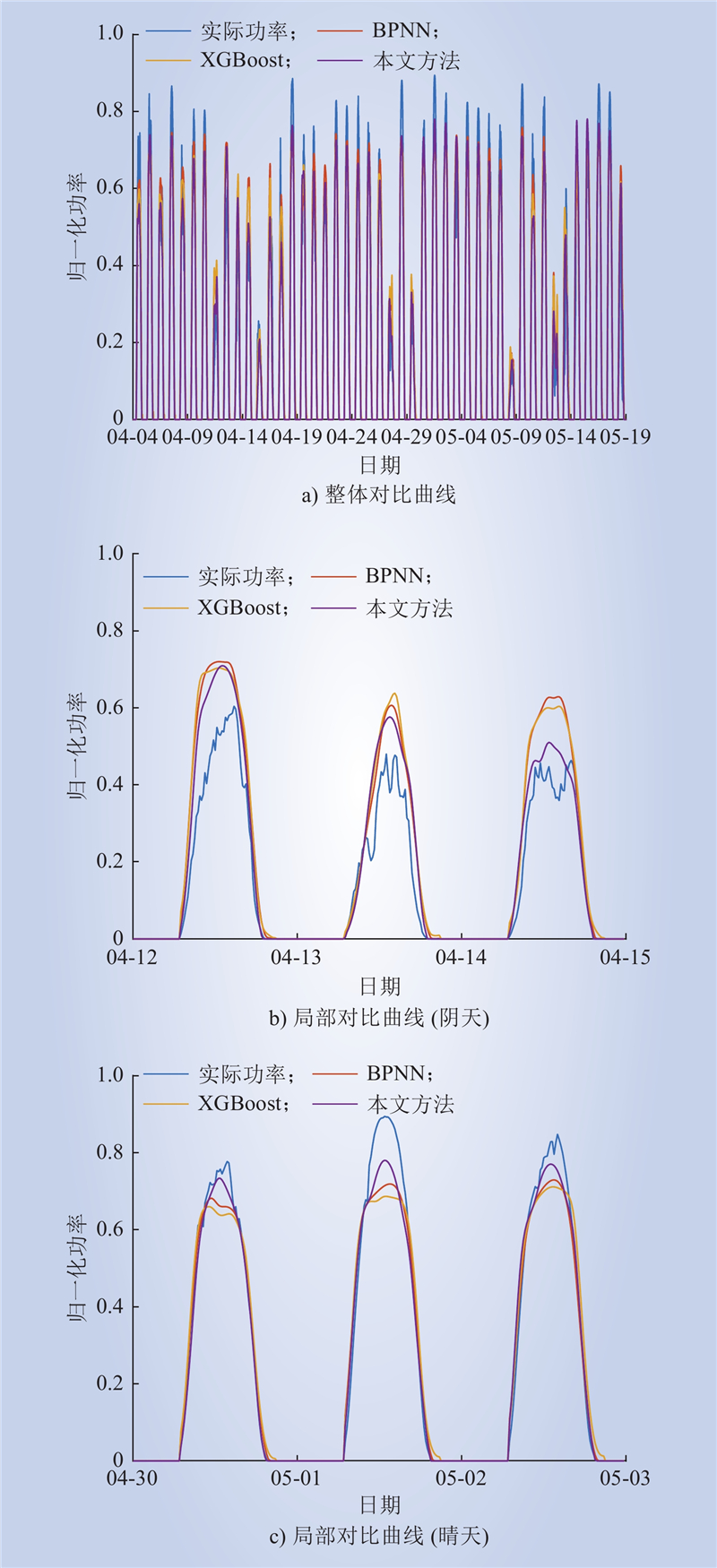| 1 |
国家能源局. 国家能源局2023年一季度新闻发布会文字实录[EB/OL]. (2023-02-13)[2023-04-17]. https://www.nea.gov.cn/2023-02/13/C.1310697149.htm.
|
| 2 |
薛飞, 李旭涛, 李宏强, 等. 基于双侧电压反馈控制策略的并网光伏系统电压稳定性研究[J]. 中国电力, 2022, 55 (9): 183- 191, 203.
|
|
XUE Fei, LI Xutao, LI Hongqiang, et al. Research on voltage stability of grid-connected photovoltaic system based on double-side voltage feedback control[J]. Electric Power, 2022, 55 (9): 183- 191, 203.
|
| 3 |
张娜, 任强, 刘广忱, 等. 基于VMD-GWO-ELMAN的光伏功率短期预测方法[J]. 中国电力, 2022, 55 (5): 57- 65.
|
|
ZHANG Na, REN Qiang, LIU Guangchen, et al. PV power short-term forecasting method based on VMD-GWO-ELMAN[J]. Electric Power, 2022, 55 (5): 57- 65.
|
| 4 |
李一, 杨茂, 苏欣. 基于集成聚类及改进马尔科夫链模型的光伏功率短期预测[J]. 南方电网技术, 2023, 17 (10): 113- 122.
|
|
LI Yi, YANG Mao, SU Xin. Short-term prediction of photovoltaic power based on integrated clustering and improved markov chain model[J]. Southern Power System Technology, 2023, 17 (10): 113- 122.
|
| 5 |
冯双磊. 新能源发电功率预测技术[R]. 北京: 中国电机工程学会, 2018.
|
| 6 |
卢静, 翟海清, 冯双磊, 等. 光伏发电功率预测方法的探索[J]. 华东电力, 2013, 41 (2): 380- 384.
|
|
LU Jing, ZHAI Haiqing, FENG Shuanglei, et al. Physical method for photovoltaic power prediction[J]. East China Electric Power, 2013, 41 (2): 380- 384.
|
| 7 |
叶林, 陈政, 赵永宁, 等. 基于遗传算法—模糊径向基神经网络的光伏发电功率预测模型[J]. 电力系统自动化, 2015, 39 (16): 16- 22.
DOI
|
|
YE Lin, CHEN Zheng, ZHAO Yongning, et al. Photovoltaic power forecasting model based on genetic algorithm and fuzzy radial basis function neural network[J]. Automation of Electric Power Systems, 2015, 39 (16): 16- 22.
DOI
|
| 8 |
谭海旺, 杨启亮, 邢建春, 等. 基于XGBoost-LSTM组合模型的光伏发电功率预测[J]. 太阳能学报, 2022, 43 (8): 75- 81.
|
|
TAN Haiwang, YANG Qiliang, XING Jianchun, et al. Photovoltaic power prediction based on combined xgboost-lstm model[J]. Acta Energiae Solaris Sinica, 2022, 43 (8): 75- 81.
|
| 9 |
葛浩然, 夏宇, 邹文进, 等. 基于RF-XGBoost的光伏发电功率预测[J]. 电气自动化, 2022, 44 (5): 12- 15.
|
|
GE Haoran, XIA Yu, ZOU Wenjin, et al. Prediction of photovoltaic power generation based on RF-XGBoost[J]. Electrical Automation, 2022, 44 (5): 12- 15.
|
| 10 |
吴春华, 董阿龙, 李智华, 等. 基于图相似日和PSO-XGBoost的光伏功率预测[J]. 高电压技术, 2022, 48 (8): 3250- 3259.
|
|
WU Chunhua, DONG Along, LI Zhihua, et al. Photovoltaic power prediction based on graph similarity day and PSO-XGBoost[J]. High Voltage Engineering, 2022, 48 (8): 3250- 3259.
|
| 11 |
YE R, DAI Q. MultiTL-KELM: a multi-task learning algorithm for multi-step-ahead time series prediction[J]. Applied Soft Computing, 2019, 79, 227- 253.
DOI
|
| 12 |
吉锌格, 李慧, 叶林, 等. 基于波动特性挖掘的短期光伏功率预测[J]. 太阳能学报, 2022, 43 (5): 146- 155.
|
|
JI Xinge, LI Hui, YE Lin, et al. Short-term photovoltaic power forecasting based on fluctuation characteristics mining[J]. Acta Energiae Solaris Sinica, 2022, 43 (5): 146- 155.
|
| 13 |
张青山, 王丽婕, 郝颖, 等. 基于卫星云图和晴空模型的分布式光伏电站太阳辐照度超短期预测[J]. 高电压技术, 2022, 48 (8): 3271- 3281.
|
|
ZHANG Qingshan, WANG Lijie, HAO Ying, et al. Ultra-short-term solar irradiance prediction of distributed photovoltaic power stations based on satellite cloud images and clear sky model[J]. High Voltage Engineering, 2022, 48 (8): 3271- 3281.
|
| 14 |
王彪, 吕洋, 陈中, 等. 考虑信息时移的分布式光伏机理-数据混合驱动短期功率预测[J]. 电力系统自动化, 2022, 46 (11): 67- 74.
DOI
|
|
WANG Biao, LYU Yang, CHEN Zhong, et al. Hybrid mechanism-data-driven short-term power forecasting of distributed photovoltaic considering information time shift[J]. Automation of Electric Power Systems, 2022, 46 (11): 67- 74.
DOI
|
| 15 |
郑若楠, 李国杰, 韩蓓, 等. 基于加权扩展日特征矩阵的分布式光伏发电日前功率预测[J]. 电力自动化设备, 2022, 42 (2): 99- 105.
|
|
ZHENG Ruonan, LI Guojie, HAN Bei, et al. Day-ahead power forecasting of distributed photovoltaic generation based on weighted expanded daily feature matrix[J]. Electric Power Automation Equipment, 2022, 42 (2): 99- 105.
|
| 16 |
乔颖, 孙荣富, 丁然, 等. 基于数据增强的分布式光伏电站群短期功率预测(二): 网格化预测[J]. 电网技术, 2021, 45 (6): 2210- 2218.
|
|
QIAO Ying, SUN Rongfu, DING Ran, et al. Distributed photovoltaic station cluster short-term power forecasting part II: gridding prediction[J]. Power System Technology, 2021, 45 (6): 2210- 2218.
|
| 17 |
焦田利. 基于时空关系的广域分布式光伏发电群出力预测关键模型研究[D]. 杭州: 杭州电子科技大学, 2019.
|
|
JIAO Tianli. Study on key models of wide area distributed photovoltaic power generation output prediction based on spatial-temporal relationship[D]. Hangzhou: Hangzhou Dianzi University, 2019.
|
| 18 |
ALMONACID-OLLEROS G, ALMONACID G, GIL D, et al. Evaluation of transfer learning and fine-tuning to nowcast energy generation of photovoltaic systems in different climates[J]. Sustainability, 2022, 14 (5): 3092.
DOI
|
| 19 |
MIRAFTABZADEH S M, LONGO M. High-resolution PV power prediction model based on the deep learning and attention mechanism[J]. Sustainable Energy, Grids and Networks, 2023, 34, 101025.
DOI
|
| 20 |
LUO X, ZHANG D X, ZHU X. Combining transfer learning and constrained long short-term memory for power generation forecasting of newly-constructed photovoltaic plants[J]. Renewable Energy, 2022, 185, 1062- 1077.
DOI
|
| 21 |
杜仲耀, 陈晓英, 邓宇, 等. 基于特征迁移的光伏功率短期预测[J]. 电源技术, 2022, 46 (3): 315- 319.
|
|
DU Zhongyao, CHEN Xiaoying, DENG Yu, et al. Short term prediction of photovoltaic power based on feature transfer[J]. Chinese Journal of Power Sources, 2022, 46 (3): 315- 319.
|
| 22 |
张童彦, 廖清芬, 唐飞, 等. 基于气象资源插值与迁移学习的广域分布式光伏功率预测方法[J]. 中国电机工程学报, 2023, 43 (20): 7929- 7940.
|
|
ZHANG Tongyan, LIAO Qingfen, TANG Fei, et al. Wide-area distributed photovoltaic power forecast method based on meteorological resource interpolation and transfer learning[J]. Proceedings of the CSEE, 2023, 43 (20): 7929- 7940.
|
| 23 |
卢俊杰, 蔡涛, 郎建勋, 等. 基于集群划分的光伏电站集群发电功率短期预测方法[J]. 高电压技术, 2022, 48 (5): 1943- 1951.
|
|
LU Junjie, CAI Tao, LANG Jianxun, et al. Short-term power output forecasting of clustered photovoltaic solar plants based on cluster partition[J]. High Voltage Engineering, 2022, 48 (5): 1943- 1951.
|
| 24 |
崔杨, 陈正洪, 许沛华. 基于机器学习的集群式风光一体短期功率预测技术[J]. 中国电力, 2020, 53 (3): 1- 7.
|
|
CUI Yang, CHEN Zhenghong, XU Peihua. Short-term power prediction for wind farm and solar plant clusters based on machine learning method[J]. Electric Power, 2020, 53 (3): 1- 7.
|
| 25 |
邱锡鹏. 神经网络与深度学习[M]. 北京: 机械工业出版社, 2020.
|
| 26 |
CHEN T Q, GUESTRIN C. XGBoost: a scalable tree boosting system[C]//Proceedings of the 22nd ACM SIGKDD International Conference on Knowledge Discovery and Data Mining. San Francisco, California, USA. ACM, 2016: 785–794.
|



